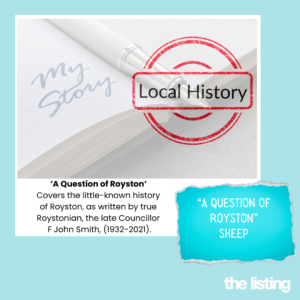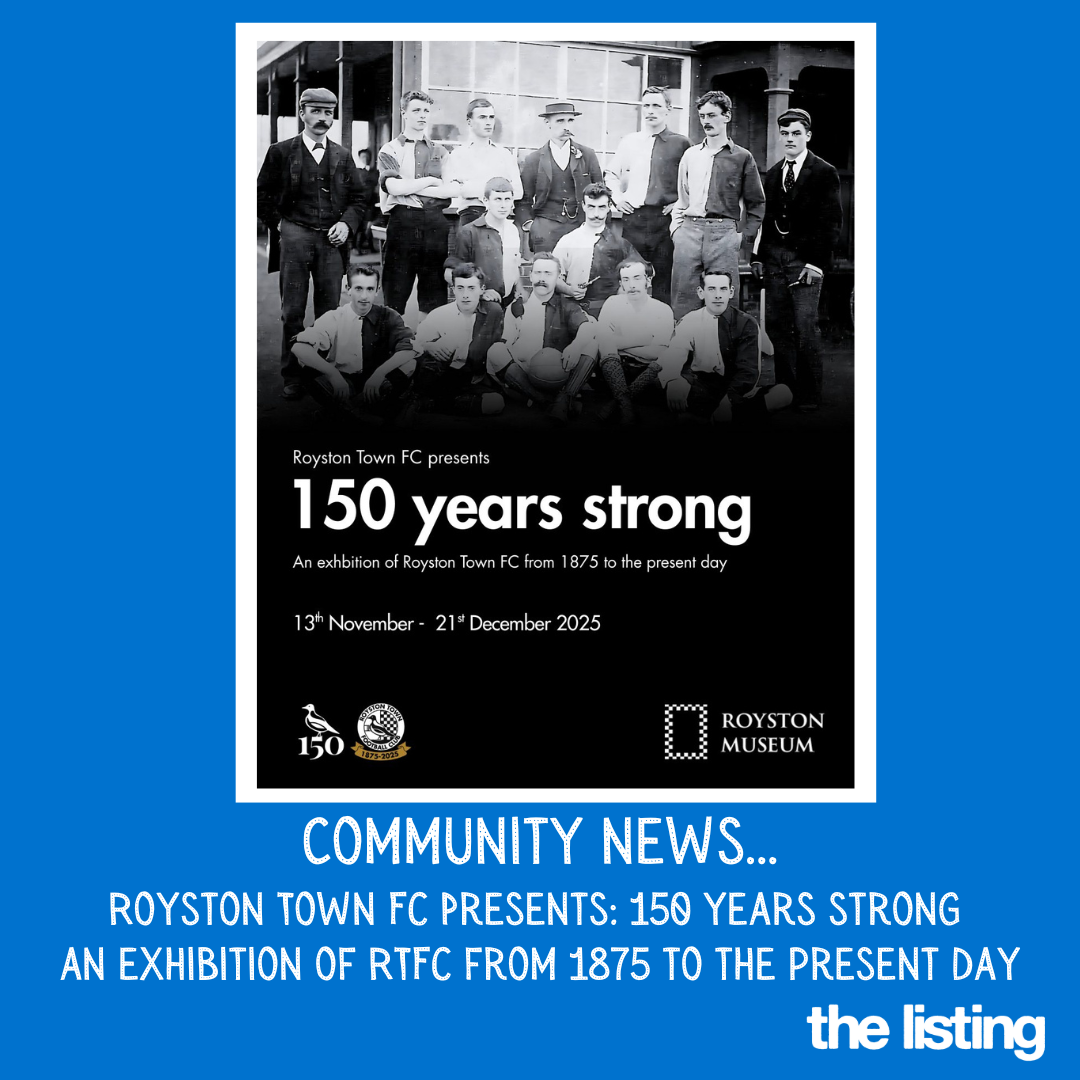Continuing our republished series, “A Question of Royston”, covering the little-known history of Royston, as written by true Roystonian, the late Councillor F John Smith (1932-2021.
Royston has long been known as a town in barley-growing country, hence when the Spaniards threatened a blockade to cut off imports of wine to England, Queen Elizabeth is reputed to have said: “A figge for Spain while Royston doth continue to afford such good malts!”
However, agriculture in those days was not confined to a single crop. Apart from corn, the breeding of livestock was important. The richest part of England was East Anglia, and wool was the major product, which is why the Lord Chancellor in the House of Lords is seated on the woolsack.
Today the sheep that graze on Therfield Heath carry on that tradition and no doubt they are shipped around in lorries. Not so long ago they were moved around the country by rail in “cattle” trucks. But how did they get to the railway station? Believe it or not they were driven in flocks through the streets. When my father arrived in Royston in 1920 to work as a railway goods clerk flocks of sheep were driven to the station down Kneesworth Street, presumably from the market. I’d like to see anybody attempt to do that today!














